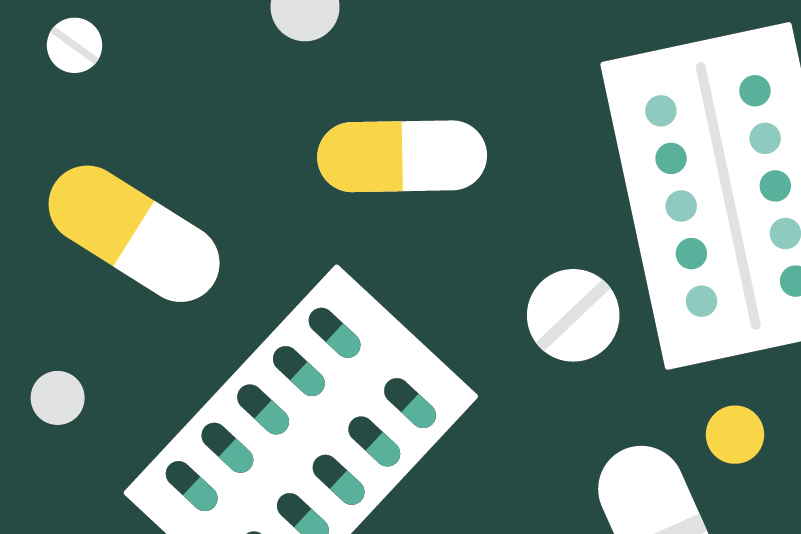#80 Antihistamines for the Common Cold: Facts on a Possible Fix?

Reading Tools for Practice Article can earn you MainPro+ Credits
Join NowAlready a CFPCLearn Member? Log in
- Cochrane1 review of 18 randomized controlled trials (RCTs) including 4,342 patients: Compared to placebo, antihistamines resulted in:
- Any improvement in severity of general symptoms at days one - two: 55.3% versus 62.3%, number needed to treat (NNT)=15
- But not at days >3.
- Inconsistent, non-clinically meaningful changes in individual symptoms on 4-5-point scales
- No change in nasal congestion
- Improved rhinorrhea on days 2 and 4 only: Best day 2, change 0.15 (95% confidence interval [CI], 0.04-0.27)
- Improved sneezing on days 1-4: Best day 3, change 0.31 (95% CI 0.15-0.46)
- Any improvement in severity of general symptoms at days one - two: 55.3% versus 62.3%, number needed to treat (NNT)=15
- Three other systematic reviews:2-4 Similar results to Cochrane review.
- Cochrane:5 Compared to placebo,
- Antihistamine with decongestants (12 RCTs) improved global symptoms, NNT=4
- Antihistamine with analgesia (3 RCTs) improved global symptoms, NNT=4-7
- Antihistamine with decongestant and analgesia (5 RCTs) improved global symptoms, NNT=6
- The included studies did not compare these combinations to products without antihistamines to assess the contribution of antihistamines on symptom improvement.
- Estimated 40% of time lost from work is attributable to the common cold.6
- All of the studies reported are at high or unclear risk of bias.1,5
- Adverse events were poorly reported, but more common with antihistamines versus placebo, number needed to harm (NNH)=34.1
- Combination therapies may increase adverse event rates.5
- Benefits seen in anti-histamine combination products likely arise from the additive effects of 2-3 products with minimal individual effects.
- Health Canada7 recommends against using over-the-counter cold medicines in children under age 6 because
- Children do not benefit from antihistamines alone1 or in combinations5
- Antihistamines and “cough and cold preparations” are 2nd and 6th (respectively) most common substances involved in (age <5 years) pediatric deaths.8






